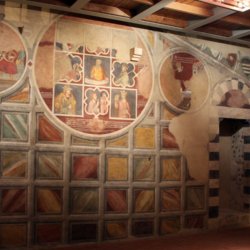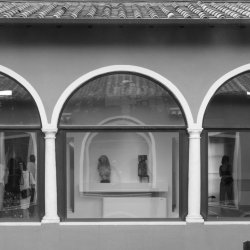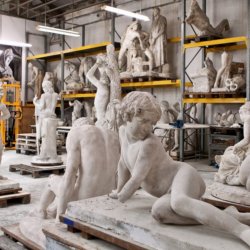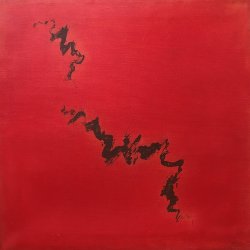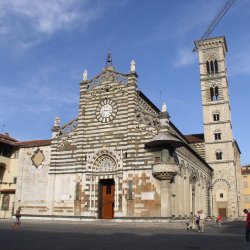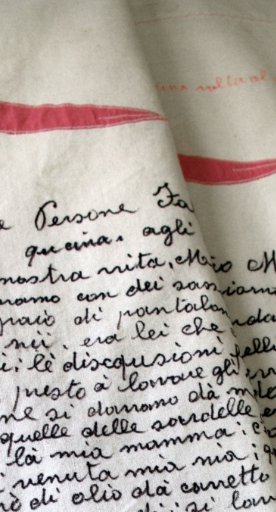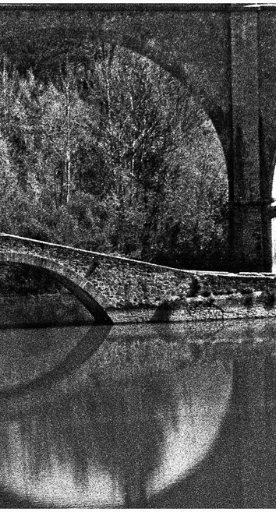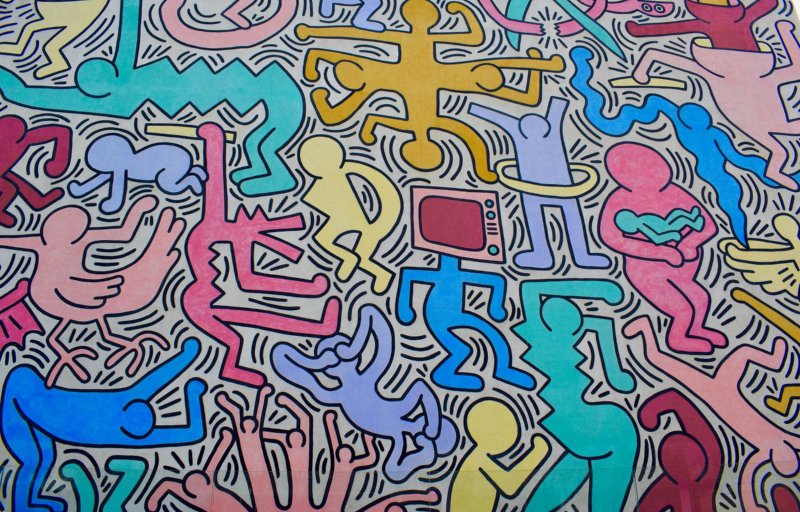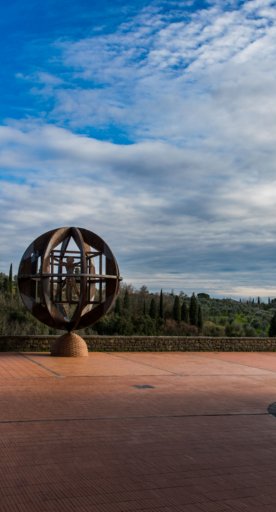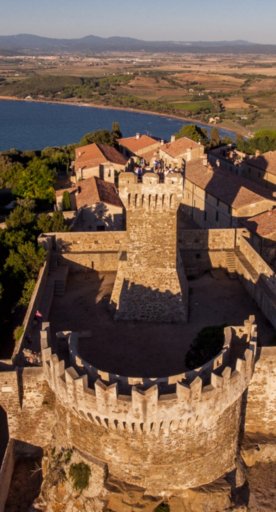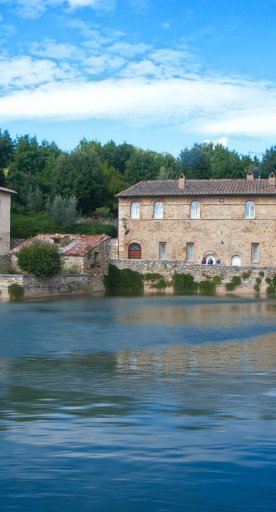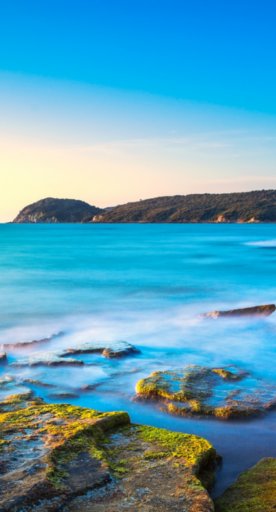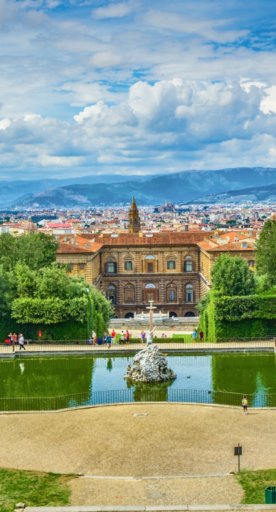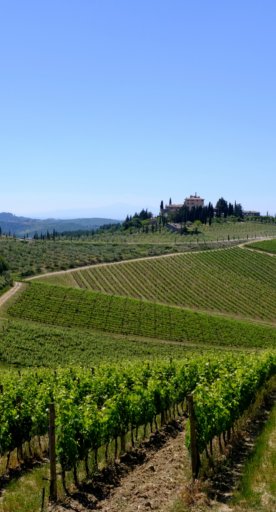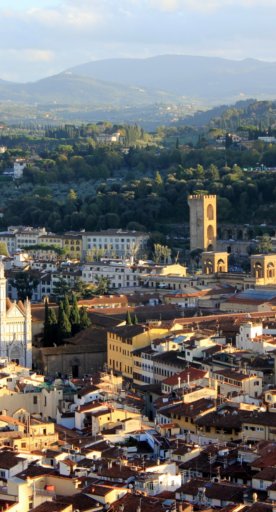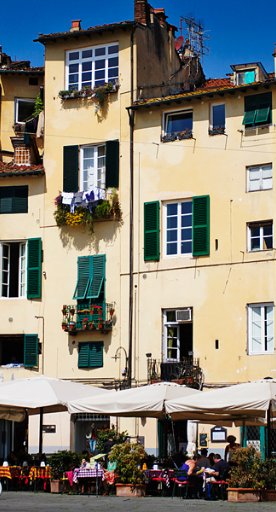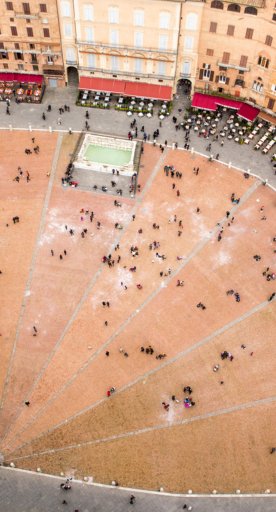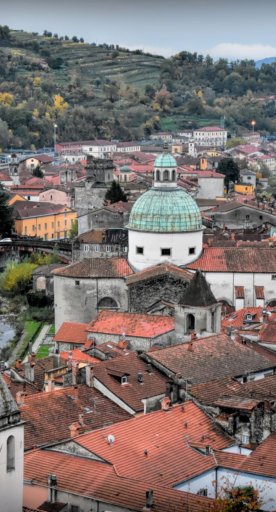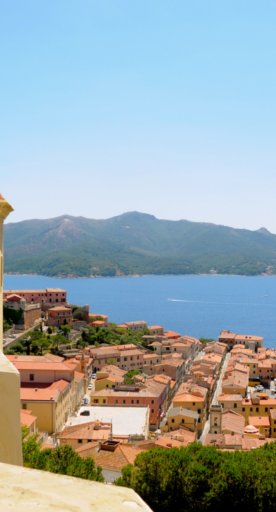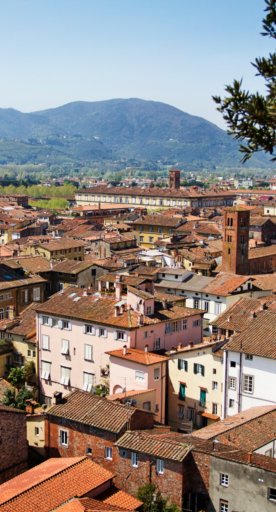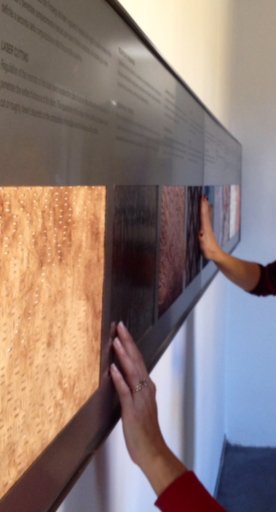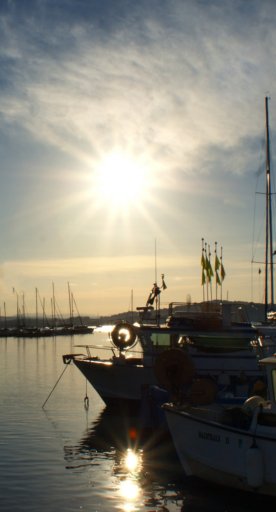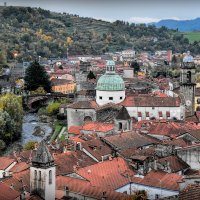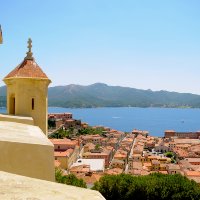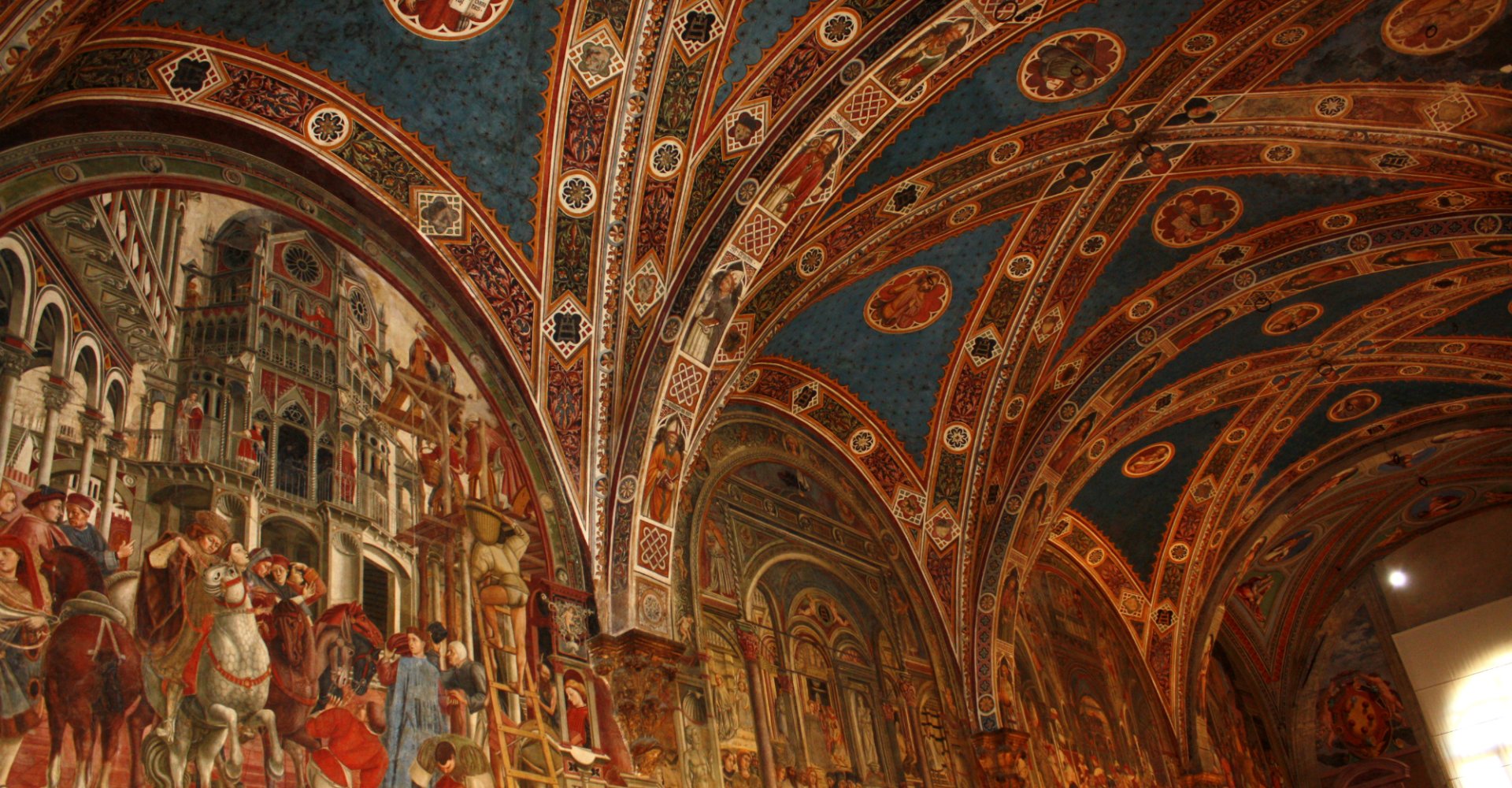

Top 15 museums in Tuscany
A "to visit" list, from ancient relics to contemporary masterpieces
Tuscany is an absolute treasure trove when it comes to history and art, with museums covering all periods, from masterpieces of the past to the most contemporary works. Out of the entirety of the region’s staggering offering, here are our top recommendations: 15 custodians of wonders that are absolutely not to be missed!
-
1.Uffizi Galleries – Florence
-
2.Accademia Gallery – Florence
-
3.Little Diary Museum – Pieve Santo Stefano
-
4.Santa Maria della Scala – Siena
-
5.Centro Pecci – Prato
-
6.Natural History Museum - Calci (Pisa)
-
7.Palazzo Blu – Pisa
-
8.National Museum of Archeology – Chiusi
-
9.Paper Museum – Pescia
-
10.CARMI – Carrara
-
11.Museum of the Lunigiana Stele Statues - Pontremoli
-
12.MAGMA – Follonica
-
13.Puccini Museum – Lucca
-
14.Museum of the City of Livorno
-
15.Civic Museum of Giovanni Fattori - Livorno
Uffizi Galleries – Florence
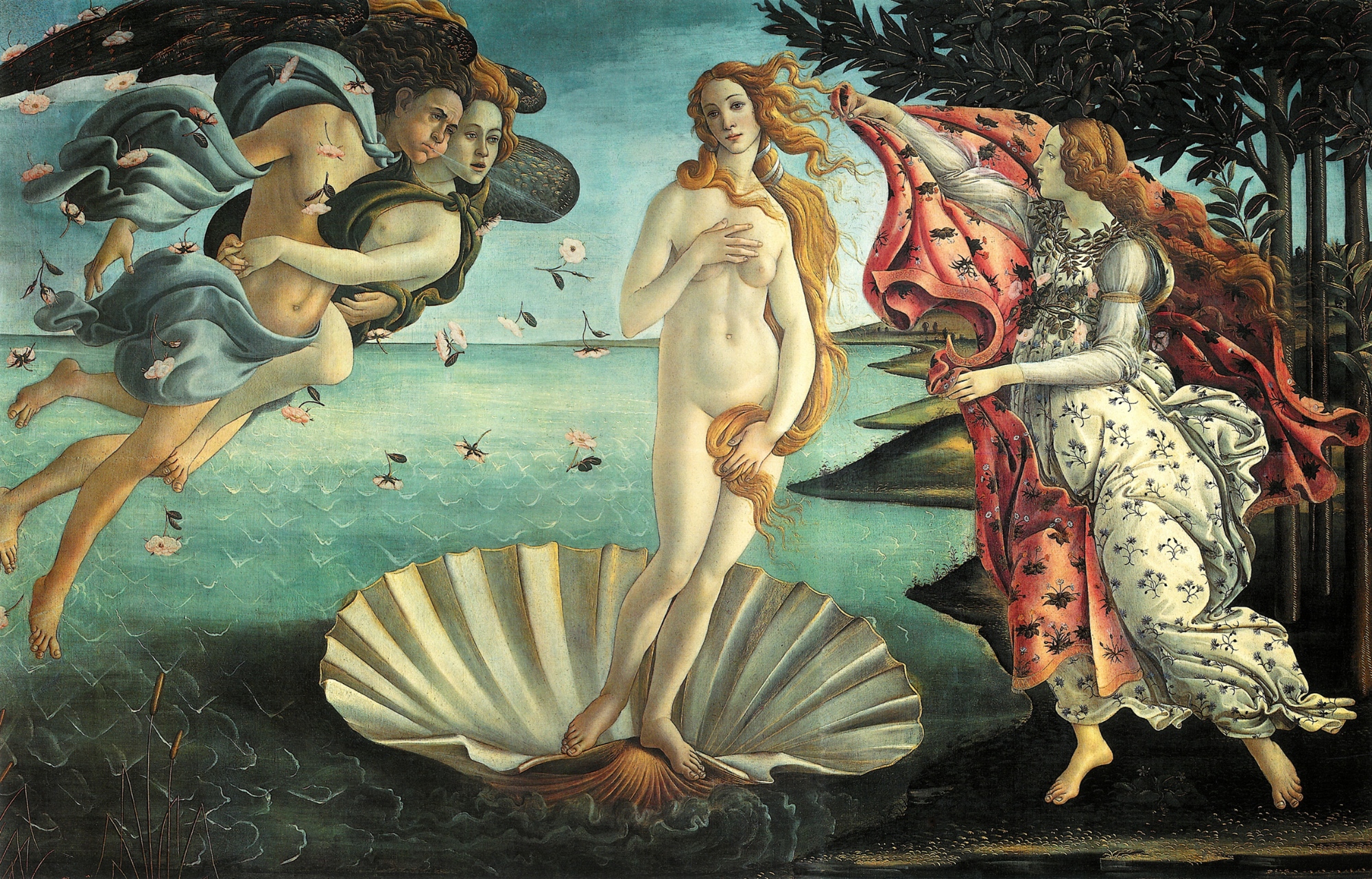
A visit to Florence is simply not complete without a visit to the Uffizi Galleries, one of the most important and best-known museums in the world. Filling the rooms of the palace built by Giorgio Vasari in 1560, on the orders of Cosimo I de’ Medici, are paintings and sculptures from throughout the ages, among which are some Renaissance masterpieces, like Botticelli’s The Birth of Venus or Michelangelo's Tondo Doni. Breathe in the artistic legacy of the Medici dynasty, as you walk through the corridors of this legendary gallery.
Accademia Gallery – Florence

Home to some iconic Renaissance sculptures of Michelangelo, including the magnificent and famous David, the Accademia Gallery in Florence is without doubt one of the absolute must-sees of Tuscany. Besides Michelangelo, inside you’ll discover paintings by Ghirlandaio and Botticelli, learn about the techniques used on wood panel paintings and marble sculptures, admire world-famous pieces such as Giambologna’s Rape of the Sabines. Give yourself at least two hours to do justice to the Accademia.
Little Diary Museum – Pieve Santo Stefano
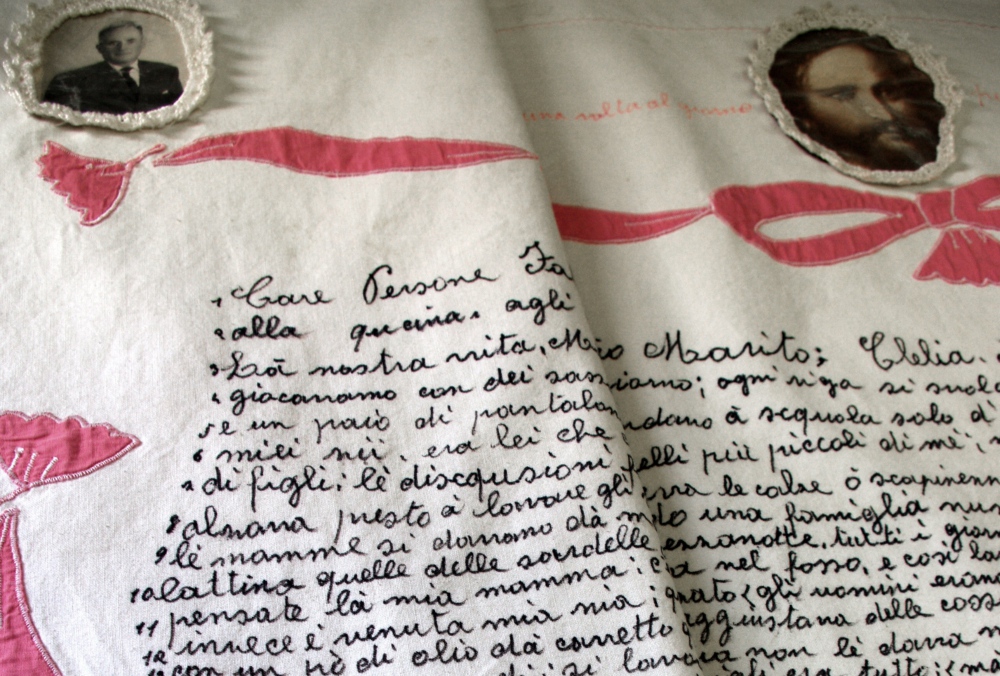
The Little Diary Museum (Piccolo Museo del Diario) in Pieve Santo Stefano, a small town in the Arezzo area, is a unique place in the world: a museum created to enhance the immense heritage of the National Diaries Archive, which since 1984 has been collecting diaries and memories of ordinary people and today it contains over eight thousand.
The highlight of the exhibition is the bed sheet by Clelia Marchi, where this peasant woman from Mantua decided to write the story of her life, after the death of her husband.
Santa Maria della Scala – Siena
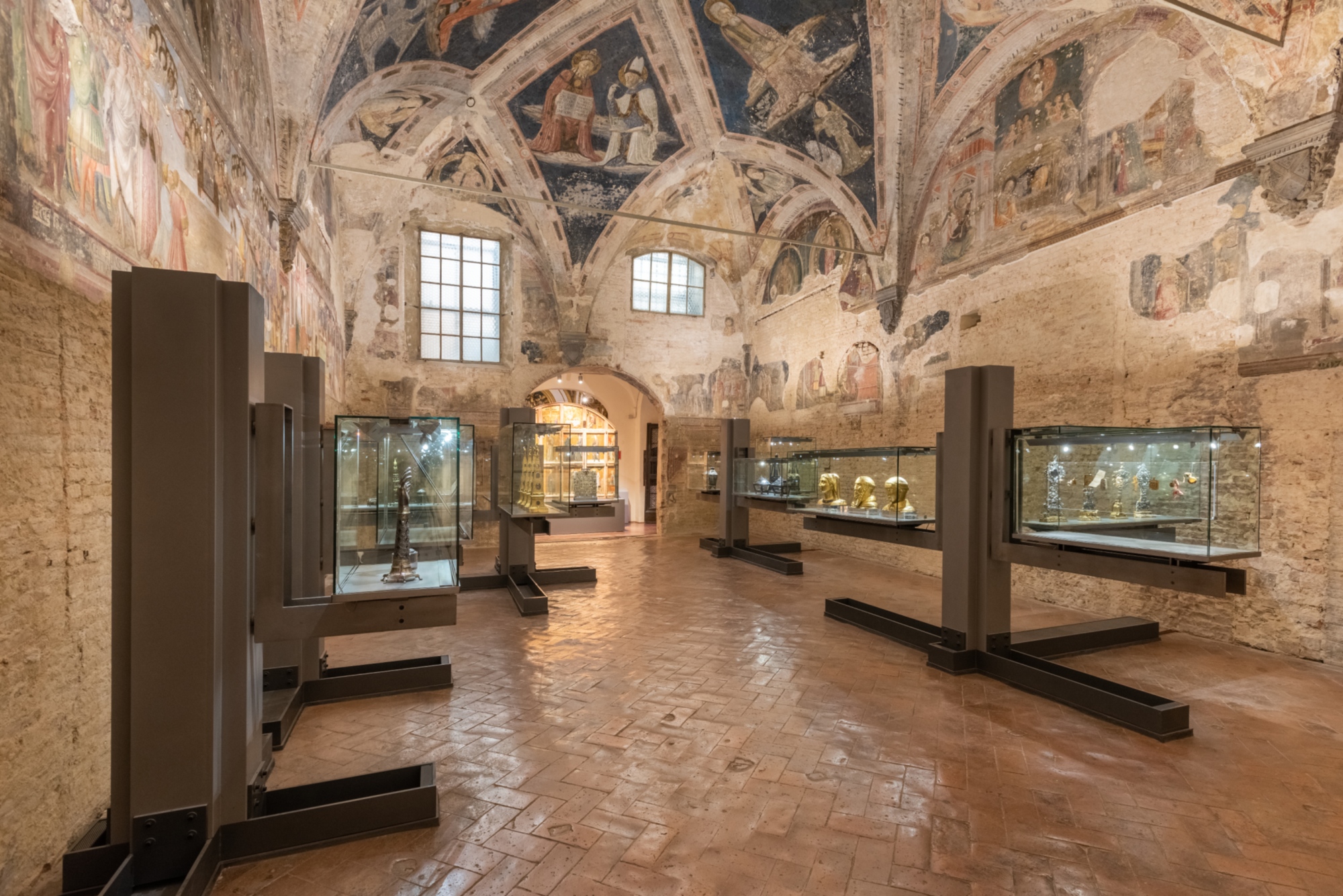
Historically an important civic hospital for pilgrims travelling the Via Francigena, today the Santa Maria della Scala in Siena houses a labyrinth of hallways and levels, bursting with glorious works of art and tells the history of Italian culture through the centuries. The itinerary includes the National Archaeological Museum, centuries-old stone sculptures and precious sacred relics. On the walls of the extraordinary Sala del Pellegrinaio frescoes tell the story of daily life and the hospital missions in the fifteenth century.
Centro Pecci – Prato
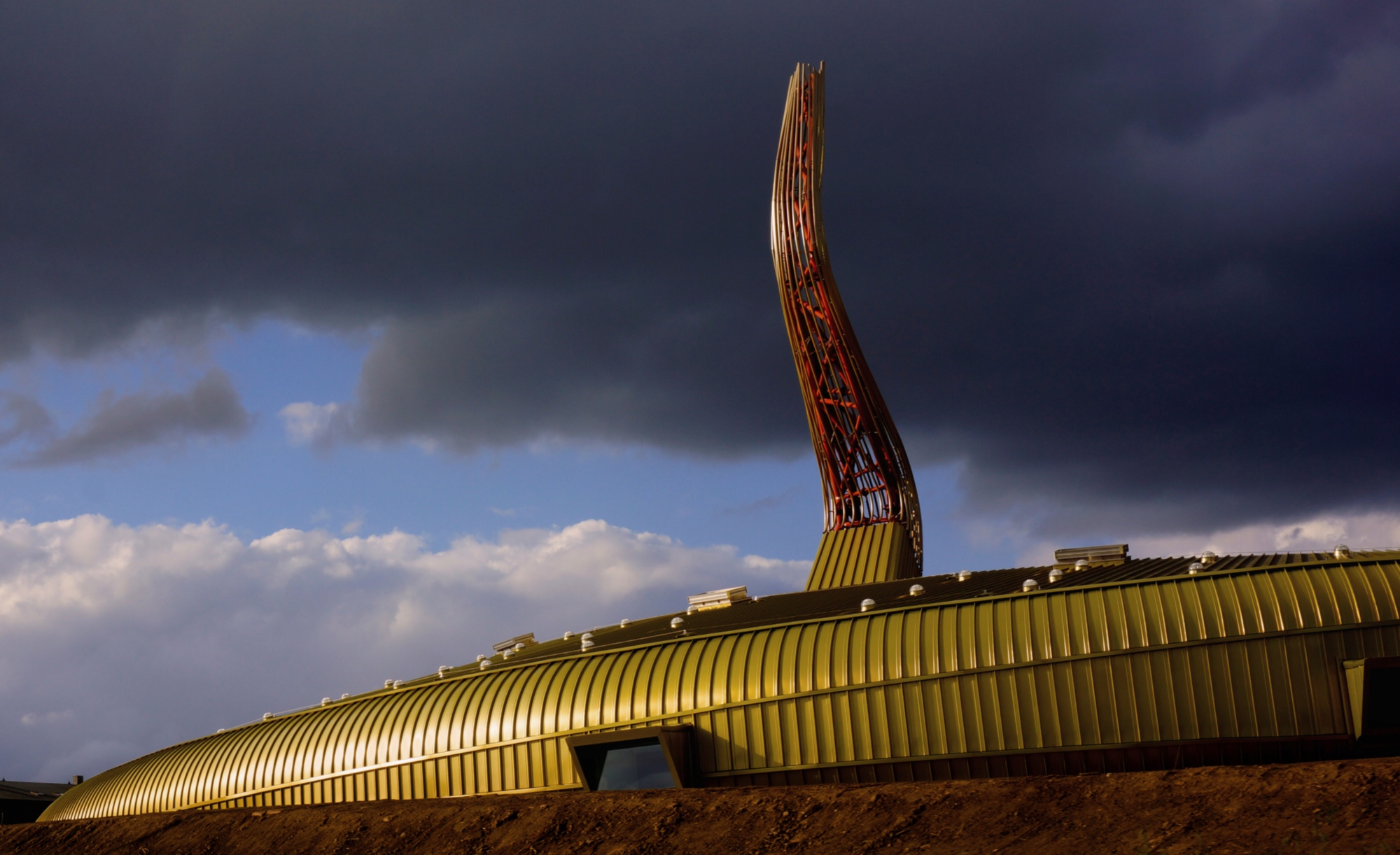
The Luigi Pecci Contemporary Art Center in Prato was the first contemporary art center to open in Italy, in 1988. Today it contains more than a thousand works by over three hundred artists, from the mid 1950s to today. Everything new and cutting edge in painting, sculpture, architecture, design, fashion, photography, video, film, theater, dance and music is on display here. A UFO-shaped institution that will satisfy your need for modernity, in a panorama of galleries and museums dedicated to the glorious past of Italian culture.
Natural History Museum - Calci (Pisa)
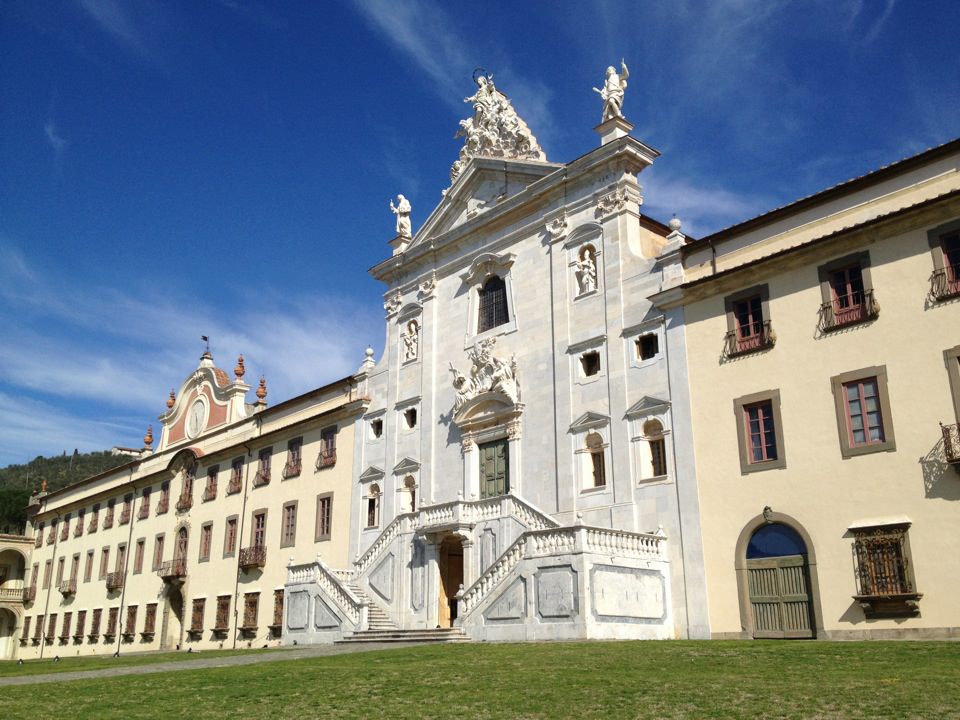
The Natural History Museum of the University of Pisa came into existence all the way back in the 16th century, and holds un unmatched collection in terms of historical and scientific richness. The museum is located inside the splendid monumental complex of the Certosa di Calci, dating back to the fourteenth century, 11 km from the city of Pisa. Learn all about cetaceans and paleontology and visit the largest freshwater aquarium in Italy.
Palazzo Blu – Pisa
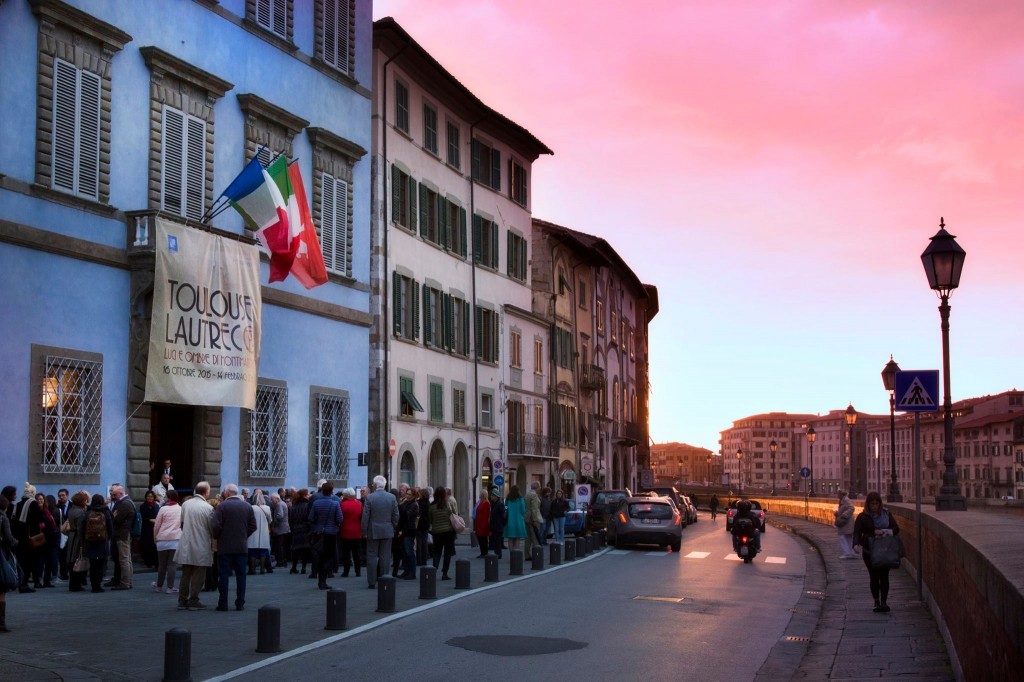
The façade of Palazzo Blu stands out along the Arno river, in the heart of the historic center of Pisa. This elegant building dates back to the 11th century and was owned by some of the most powerful families of the city, until the second half of the 20th century; today it's an important museum and cultural center. In addition to a permanent collection, ranging from 13th-century sculpture to 20th-century photography, it hosts notable temporary exhibitions. A space to always keep an eye on!
National Museum of Archeology – Chiusi

The National Archaeological Museum of Chiusi collects Etruscan, Roman and Lombard finds from the area and its visit includes the Etruscan tombs discovered over the years. From Prehistory to the Middle Ages, urns, ceramics, sculptures and jewels are spread across two floors.
Paper Museum – Pescia
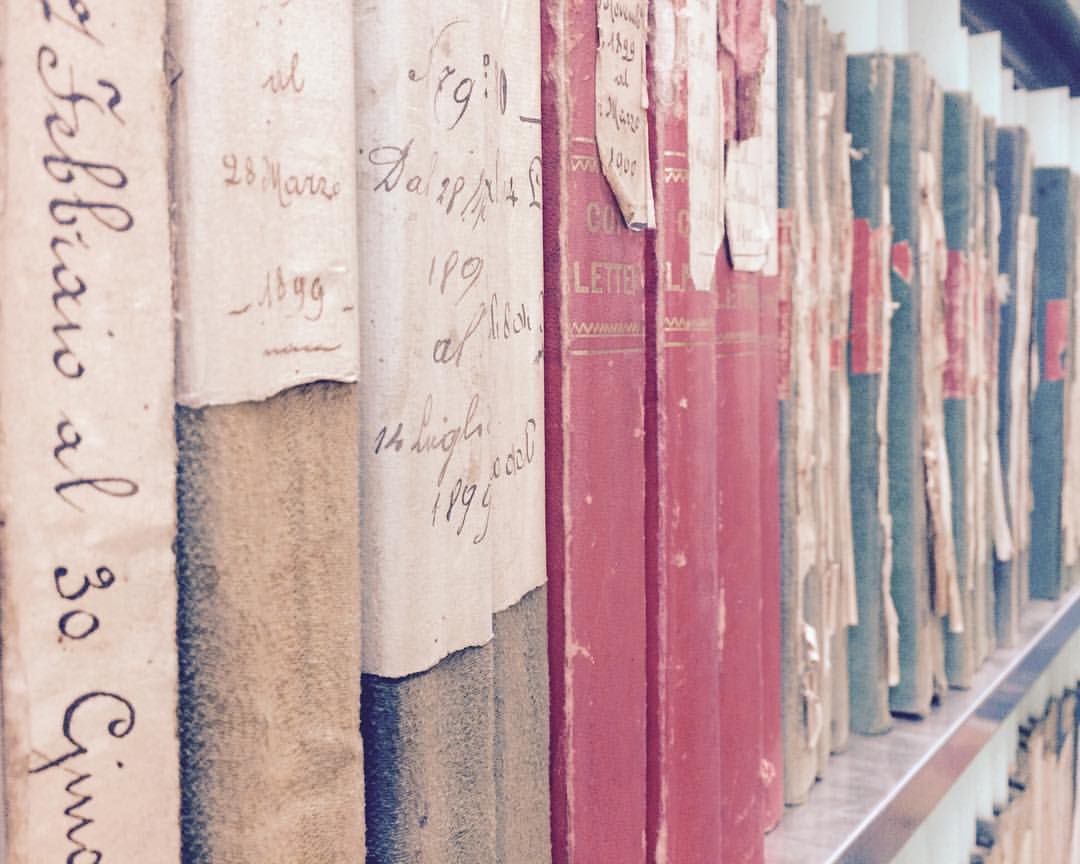
The aim of the Paper Museum of Pescia is to preserve, pass down and portray the importance and evolution of the ancient art of handmade paper, a craft which has been being exercised in and around Pescia since the end of the 15th century. With fully-functioning scale models, and the possibility to have a go at creating your own paper using the master makers ancient techniques, this museum offers an immersive experience into an lesser-known aspect of Tuscan history.
CARMI – Carrara
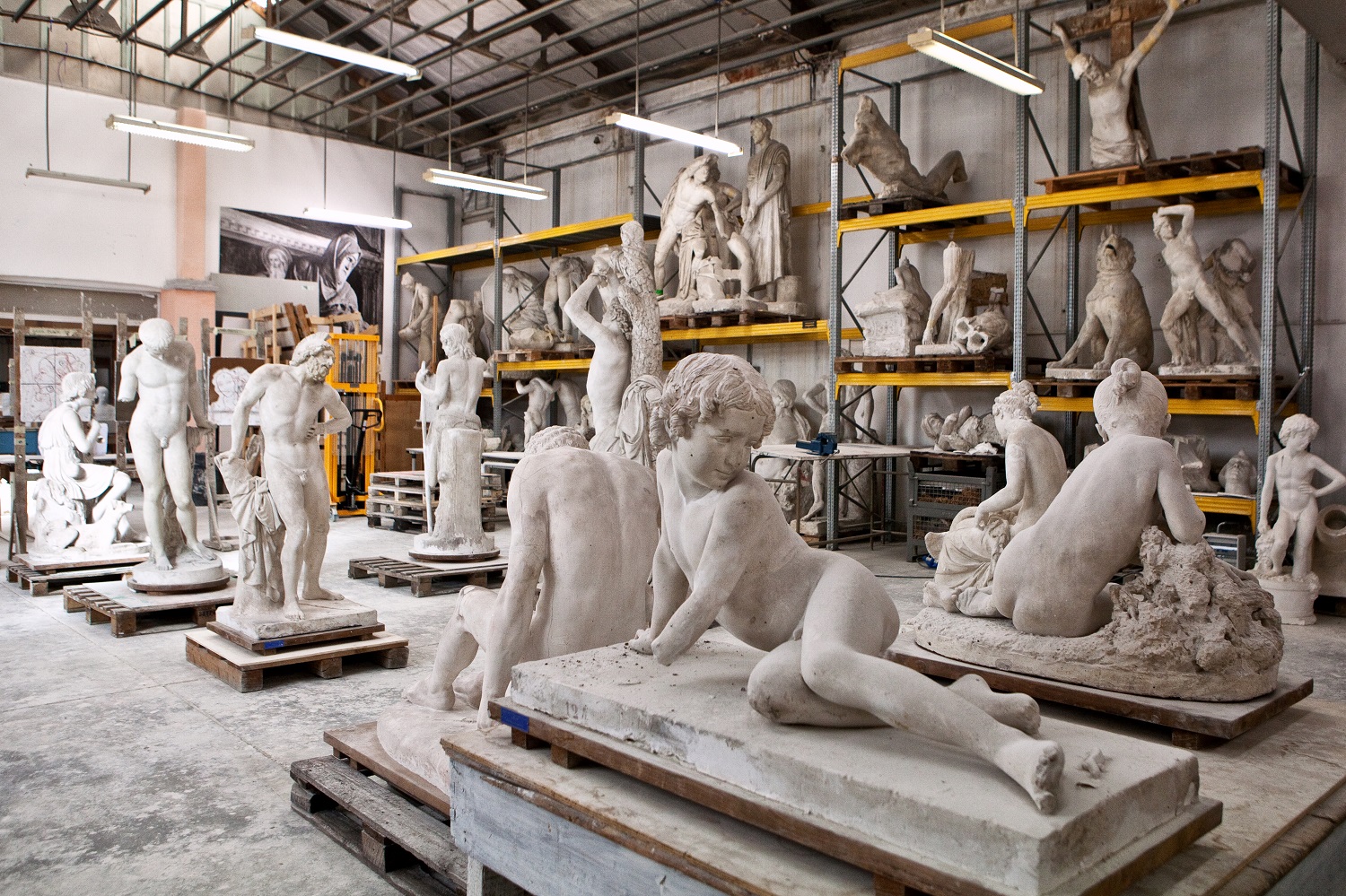
The Carrara and Michelangelo Museum is dedicated to the relationship between Michelangelo, the city of Carrara, and marble, the material the sculptor-architect favored in the creation of his masterpieces. The permanent exhibition is housed inside the 19th century Villa Fabbricotti, and is spread across six rooms, each focused on a different aspect of Michelangelo's history and art. Temporary exhibitions and a film about the life of Michelangelo complete CARMI's display.
Museum of the Lunigiana Stele Statues - Pontremoli
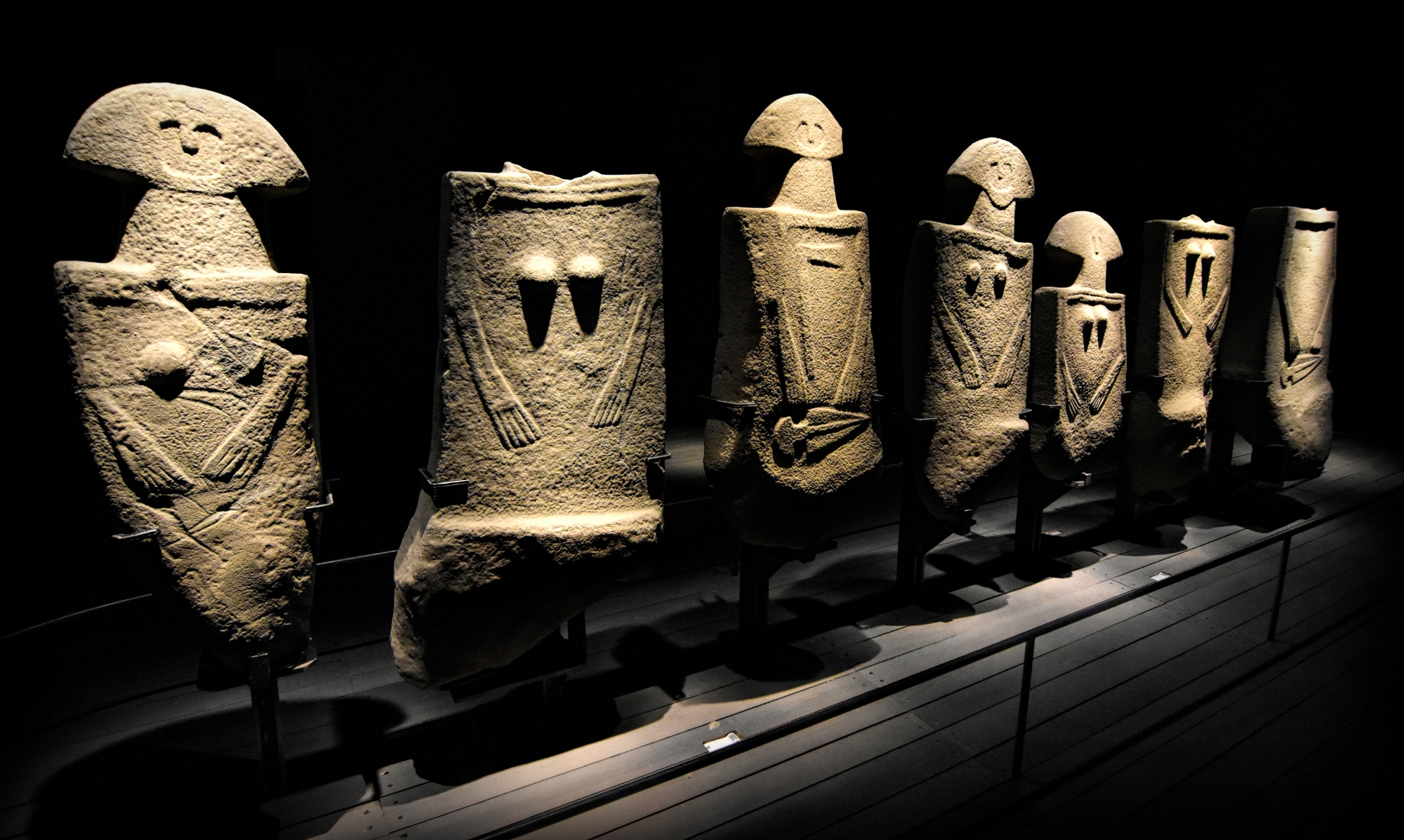
Located inside the Piagnaro Castle, in Pontremoli, the Museum of Lunigiana Stele Statues collects the mysterious and ancient statues found throughout the Lunigiana and created by peoples who inhabited this territory between the fourth and first millennium BC. The exhibition includes some videos illustrating the history of the statues and how they were discovered. Also, the views from the castle are quite a treat.
MAGMA – Follonica
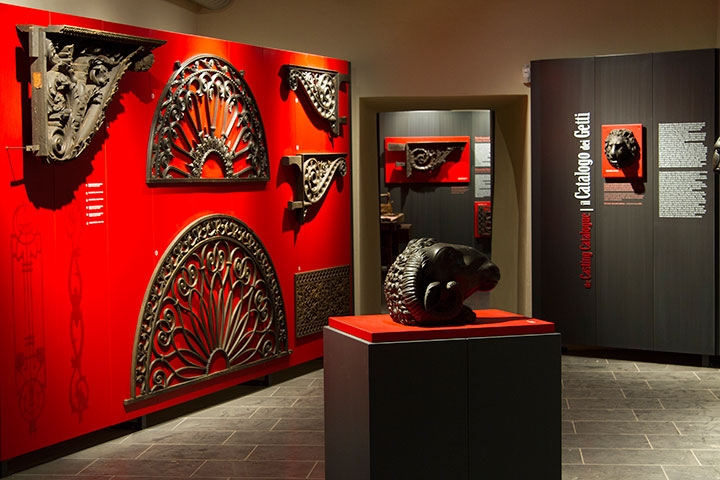
Housed in a historic foundry, the Museum of Cast Iron Arts of Maremma tells the story of Follonica and its iron industry. Modern and family-friendly, this museum makes use of multimedia to create engaging, colourful exhibits across three floors. With one floor dedicated to art, one to story and one to production, MAGMA offers a thorough yet enjoyable learning experience for all.
Puccini Museum – Lucca
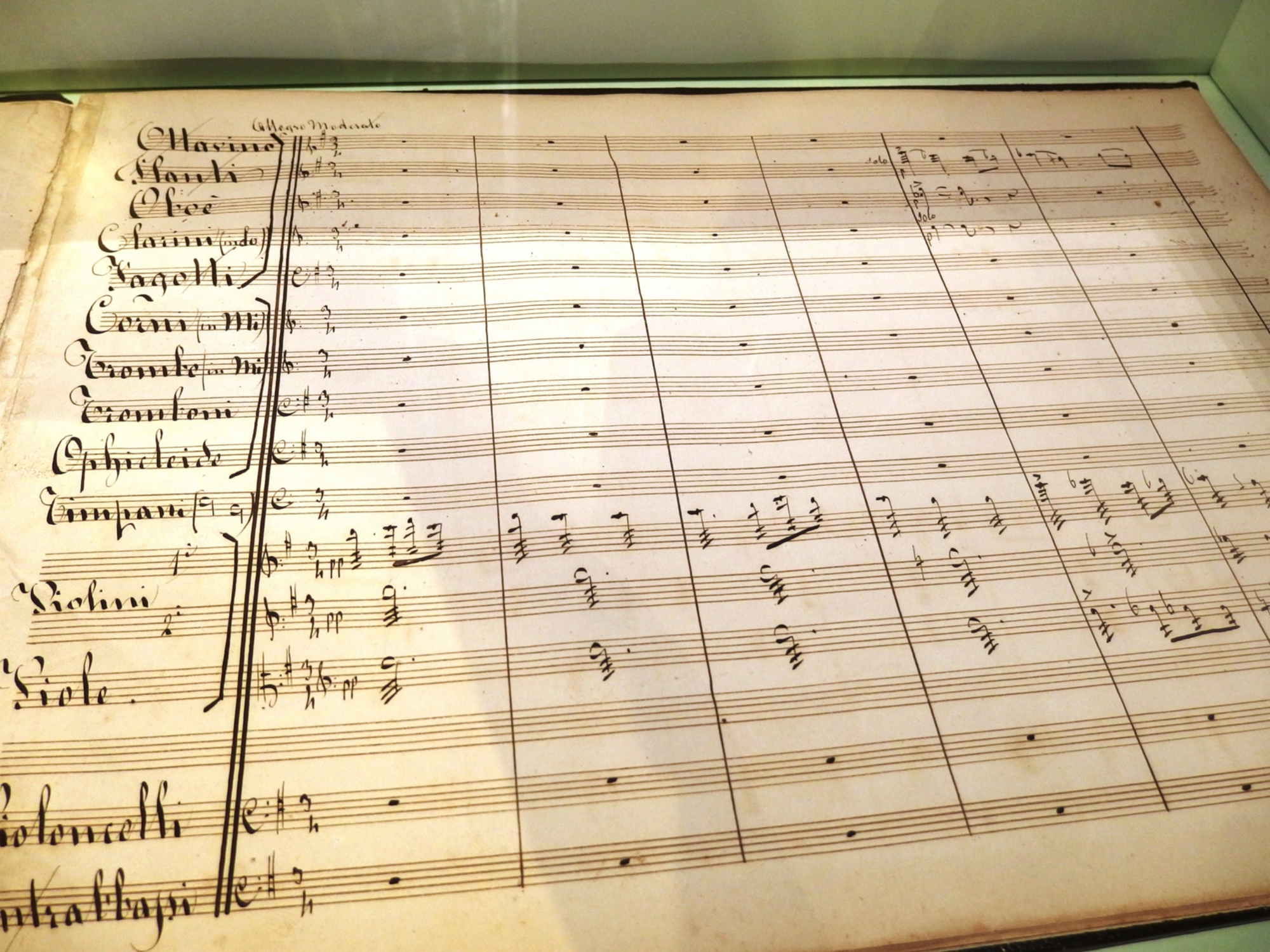
Discover the personality, passions and genius of the great maestro Giacomo Puccini in his hometown, Lucca. The Puccini Museum is located inside the house where the composer was born in 1858 and where he spent the first two decades of his life. The original rooms have been restored and the historical furnishings have been placed; the apartment houses precious objects that belonged to Puccini, including the Steinway & Sons piano on which he composed the opera Turandot, autographed scores, letters, paintings, photographs and precious documents.
Museum of the City of Livorno
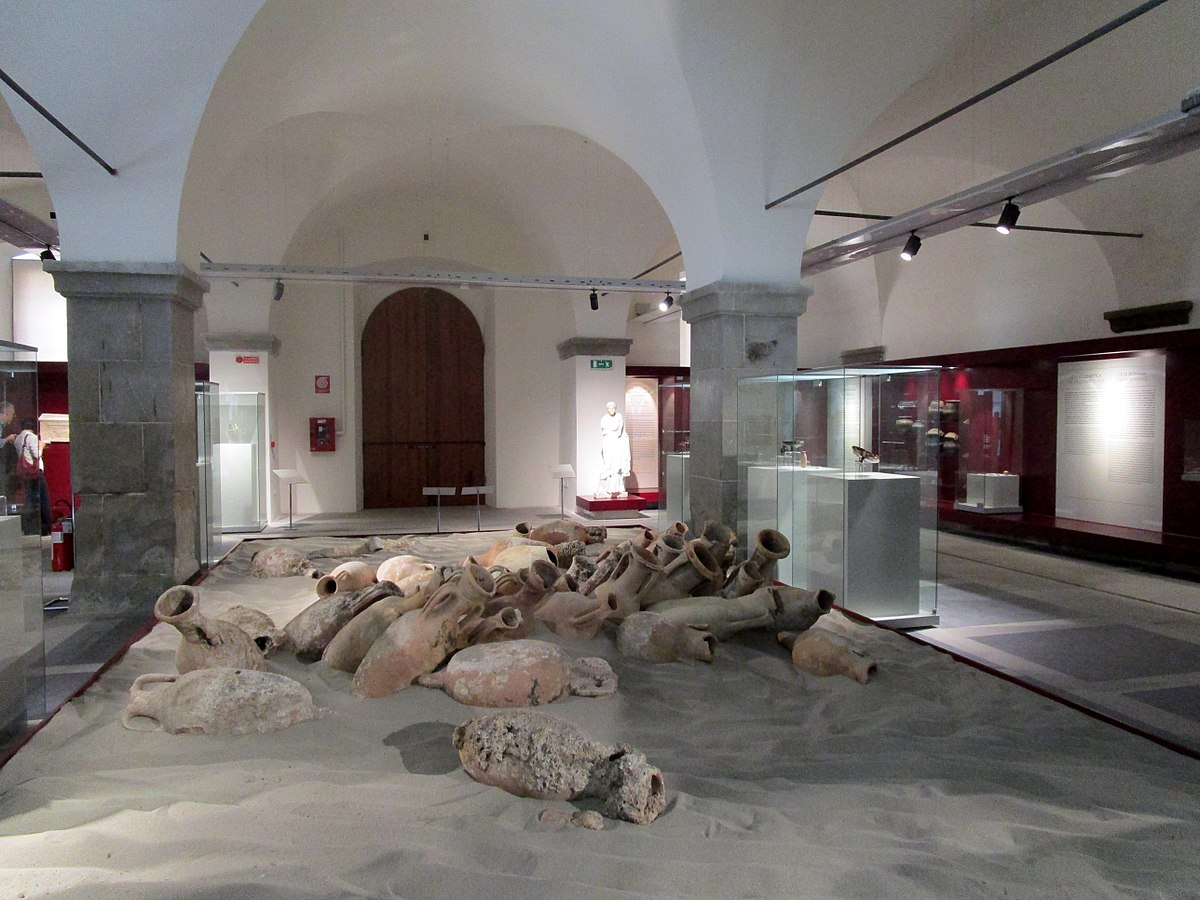
Passing through Livorno you cannot miss to visit the Museum of the City of Livorno which tells the story of the most important port city in Tuscany. The historical and cultural evolution of Livorno, from its origins to the present day, is told through works of art, photographs, memories and archaeological finds. Housed inside the large rooms of the ancient building Bottini dell'Olio, once an oil depot, in the heart of the Venice neighborhood, it preserves unique pieces, such as Garibaldi's poncho and battle hat. There are sections dedicated to satire, cinema and contemporary art.
Civic Museum of Giovanni Fattori - Livorno
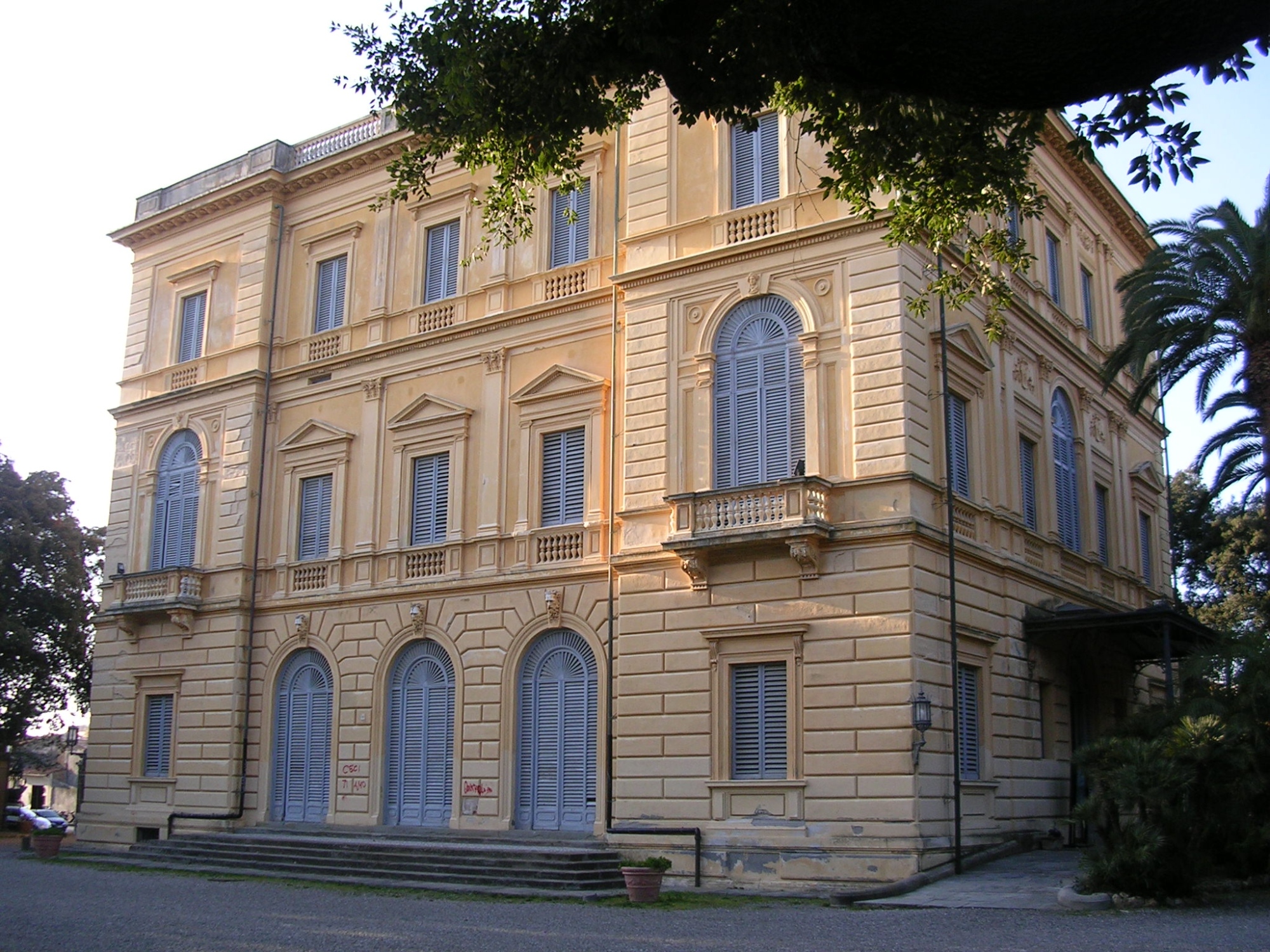
The Civic Museum of Giovanni Fattori of Livorno preserves the works of art of some of the best Tuscan artists active between the 19th and 20th centuries. Housed inside Villa Mimbeli, the rich collection features important paintings by Giovanni Fattori, such as the Assalto alla Madonna della Scoperta, and some highly expressive works by the Macchiaioli (Telemaco Signorini, Silvestro Lega and Giovanni Boldini) and the Postmacchiaioli (Eugenio Cecconi and Vittorio Corcos).
Start your discovery



